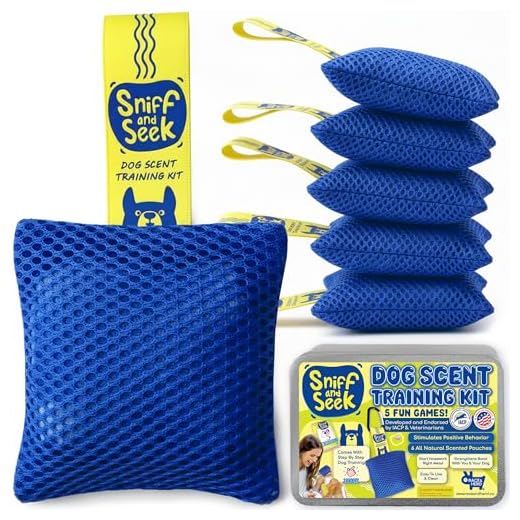




Spotting this intriguing stance in a canine companion often raises questions. This behaviour, commonly observed, serves various purposes beyond mere playfulness. It’s a natural expression of communication and social interaction amongst these furry friends.
When I first noticed my own pet adopting this posture, it sparked my curiosity. After some research and observing his interactions, I found that this position is frequently linked to invitations for play. Canines often extend this gesture as part of a play bow, signalling readiness for fun and engagement. It’s fascinating how a simple movement can convey such a clear message.
Additionally, this stance can signify comfort and trust. Animals may showcase this behaviour when they feel secure in their environment, often around familiar humans or other animals. Watching my dog display this while lounging in the sun reassured me of his contentment. Understanding these signals enhances the bond between pet and owner, fostering a deeper connection.
Lastly, it’s important to note that this action can also indicate submission. In social settings, particularly among unfamiliar peers, adopting this position can be a way to diffuse tension. Observing my dog in these situations has provided me with insights into canine hierarchy and behaviour, enriching my understanding of his interactions.
Understanding the Play Bow Behaviour in Dogs
To encourage social interaction, you might observe a playful stance where the front legs are stretched forward, and the rear end is elevated. This posture is commonly recognised as an invitation to engage in play. It’s an essential part of canine communication, signalling friendly intentions.
Reasons for the Play Bow
- Invitation to Play: This behaviour serves as a clear signal to others that your pet is ready for fun and games, whether it’s chasing a ball or wrestling.
- Relieving Tension: When faced with potential conflict during interactions, this stance can help diffuse nervousness and promote a more relaxed atmosphere.
- Exhibition of Energy: The playful posture showcases excitement, indicating that your furry friend is in a lively mood and eager to engage.
How to Respond
- Join in on the fun. If your pet initiates this playful behaviour, grab a toy and start playing.
- Encourage other animals to participate. If you have multiple pets, allow them to join the interaction to enhance social bonds.
- Observe body language. Ensure that the play is mutual, watching for signs of discomfort or overstimulation in all animals involved.
In my experience, recognising these signals has transformed playtime. When my dog first displayed this stance, I quickly realised he was inviting me to engage. Now, every time I see that familiar posture, I know it’s time for some fun, creating moments that strengthen our bond.
Interpreting Canine Body Language Related to Submission
Recognising submission in a furry companion can be crucial for building a trusting relationship. A lowered head, tucked tail, and rolling onto the back are classic signs of this behaviour. When I first adopted my four-legged friend, I noticed how he would often flatten himself to the ground when meeting other pets. This posture clearly indicated he was not a threat and was seeking acceptance.
Another aspect to observe is the eye contact. Averted gaze can signify submission; when my pup encounters a more dominant canine, he intentionally looks away, showing he means no harm. This non-verbal cue helps ease any tension in social situations. It’s fascinating how such a simple action can communicate so much.
Physical closeness is also telling. If your companion snuggles up close while keeping a low profile, it suggests trust and submission. My dog frequently does this after a play session, indicating he feels safe and secure. It’s a clear message that he sees me as a leader in our shared environment.
Pay attention to vocalisations as well. Whining or soft whimpers may accompany submissive postures. I’ve experienced moments when my pet would whine gently while approaching unfamiliar people, which highlighted his desire to be accepted without confrontation.
Being aware of these signals not only enhances understanding but also strengthens the bond between handler and companion. Observing these behaviours can help create a harmonious atmosphere at home and during outings.
Recognising Signs of Comfort and Trust in Your Dog
Pay attention to relaxed body posture. A canine that feels secure will often lie down with legs extended, revealing its belly. This position indicates a high level of trust and comfort in its surroundings.
Tail Positioning
A tail held high and wagging loosely signifies happiness and confidence. Conversely, a low or tucked tail can indicate anxiety or fear. Watch for these cues to gauge emotional states and ensure a supportive environment.
Facial Expressions
Soft eyes and a relaxed mouth are clear indicators of contentment. When a canine’s eyes are slightly squinted and its lips are slightly parted, it shows a willingness to engage and trust in the moment. If you notice your furry companion yawning or licking its lips, it may be a sign of relaxation, especially after a stressful encounter.
Consider dietary needs, especially for specific breeds like Labradors. Choosing the best dog food for labrador retrievers with allergies can significantly affect overall behaviour and comfort, contributing to a happier, more trusting pet.
Training Tips for Responding to This Behaviour
To encourage positive interactions, reward your furry friend with treats or praise whenever this behaviour occurs. Reinforcement helps create a strong association between the action and a positive outcome, making it more likely to repeat.
Engaging Playtime Activities
Incorporate fun games that promote physical activity and mental stimulation. For instance, tug-of-war or fetch can channel that playful energy. Use this behaviour as a cue to initiate these games, allowing your companion to understand that it’s an invitation to play.
Establishing Boundaries
While this stance can signal playfulness, it’s important to teach appropriate responses. If you notice excessive or unwanted displays, redirect attention with a command or a toy. Consistency is key; ensure everyone in your household follows the same approach to reinforce learning.







